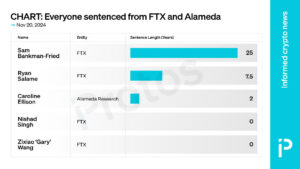Encryption is a method through which information can be made into code.
What Is Encryption?
Encryption is a method through which information can be turned into code that hides its true meaning information. The science behind encrypting as well as decrypting information is known as cryptography.
In the world of computing, unencrypted data is typically referred to as plaintext data, and encrypted data can be referred to as ciphertext.
Encryption can also be defined as the process of changing electronic information or signals into a secret code, which is a system of letters, numbers or symbols that people cannot understand or use without special equipment. It is a way of scrambling data so that the real message can only be accessed by authorized parties, more specifically, only by people who have a specific set of privileges in order to view that information. It essentially takes the previously mentioned plaintext data and makes it appear as if it were random data. It requires the use of a cryptographic key, which by itself is a set of mathematical values that both the sender as well as the recipient of the encrypted message can agree on.
If you had a plaintext that said “Cryptocurrency” for example, and it was encrypted, the ciphertext would potentially read SHSF#R𻨓, making it impossible to understand.
While to you, the encryption data may appear random, it is actually a logical, predictable way of allowing a party that receives the encrypted data and possesses the right key to encrypt the data. This would turn it back into plaintext for that specific party.
The most highly secured encryption method will use keys that are complex enough that a third party will be unlikely to decrypt or break the ciphertext through using brute force, or in other words, by using a bot that can attempt to guess the key itself.




